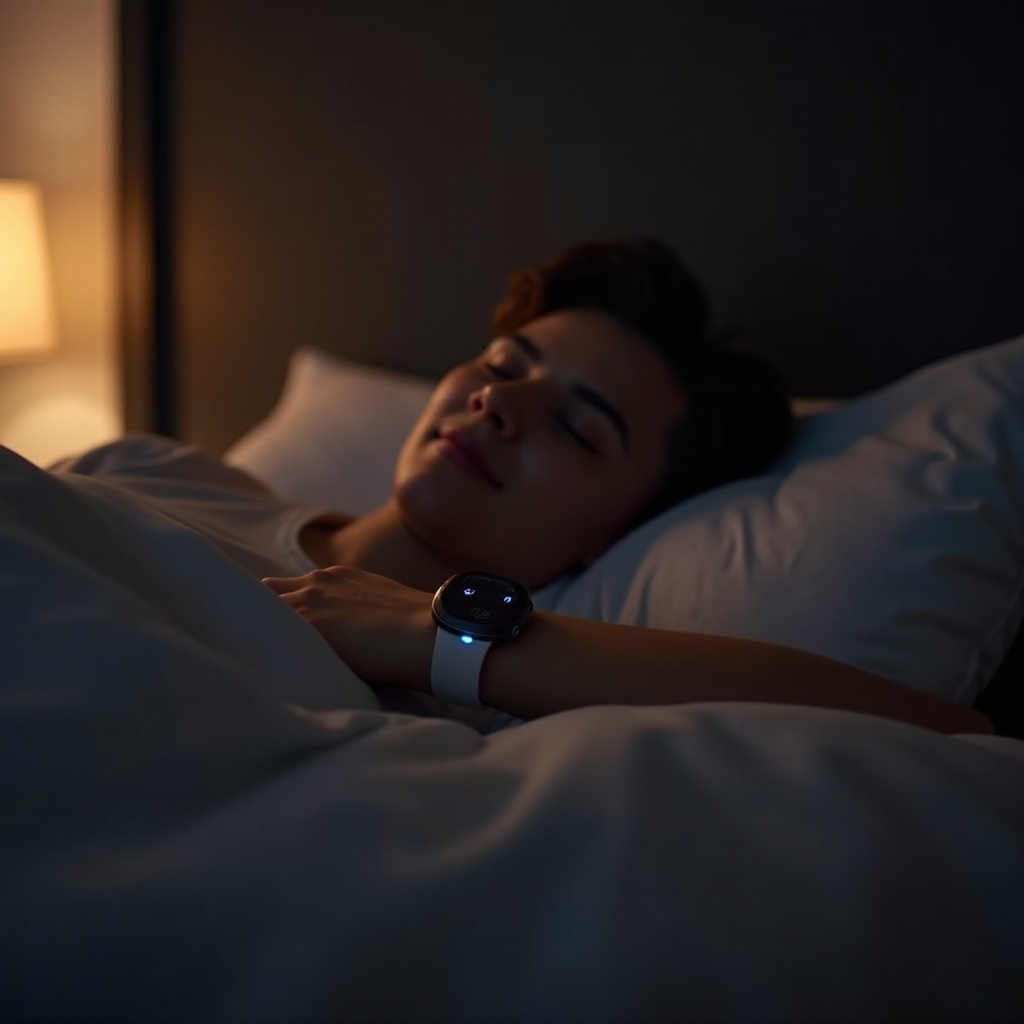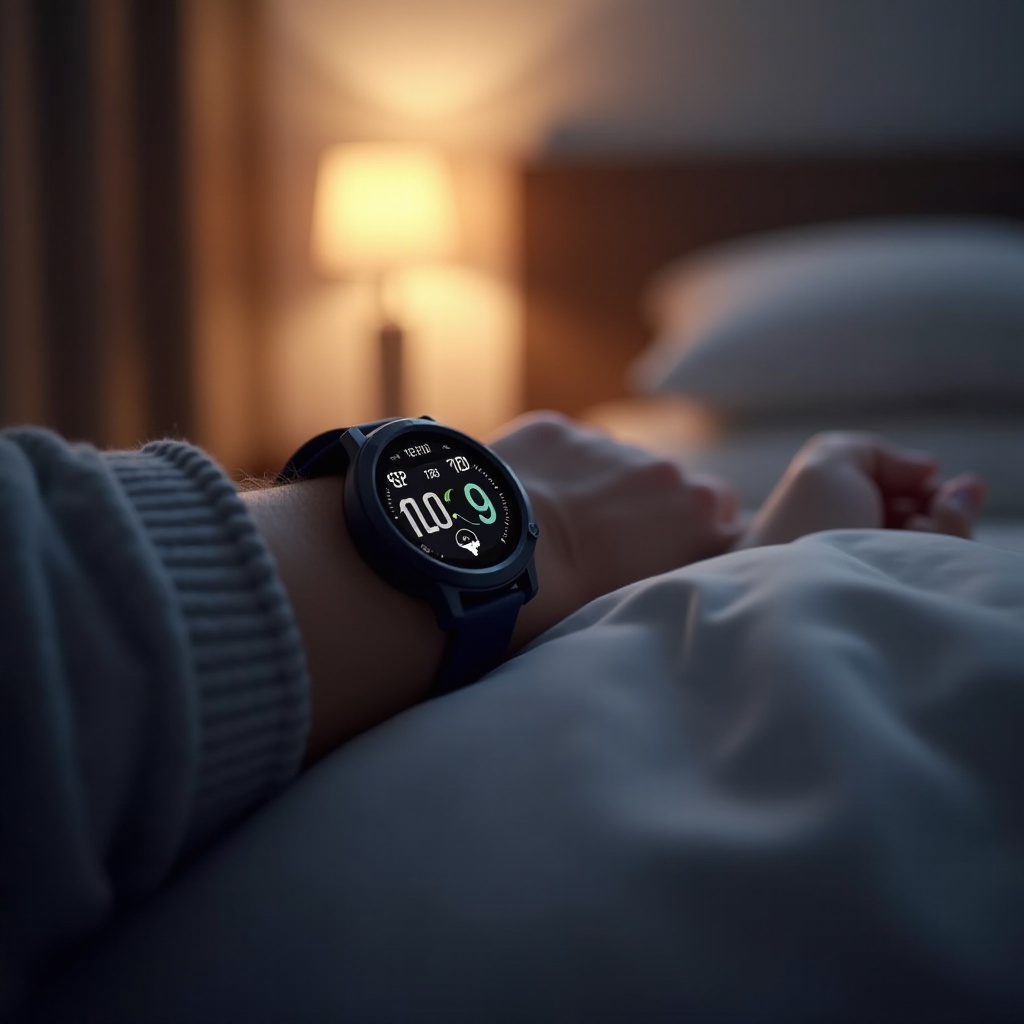How Smartwatches Track Sleep
Introduction
Smartwatches have rapidly evolved from simple fitness trackers to advanced health monitoring devices, including sleep tracking capabilities. With the consistent improvement in technology, these wearable gadgets are now equipped to provide comprehensive insights into your sleep patterns. But how exactly do smartwatches track sleep? This blog will delve into the intricate processes and technology behind this critical function, helping you understand how your smartwatch knows when you’re asleep and how well you’re sleeping.

The Science Behind Sleep Tracking
Understanding how smartwatches track sleep begins with knowledge of sleep science. Sleep is a complex process that generally falls into two major categories: Rapid Eye Movement (REM) sleep and Non-REM sleep. Non-REM sleep is further broken down into three stages: light sleep, deep sleep, and slow-wave sleep. Each of these stages has distinct characteristics that affect your overall rest and recovery.
The conventional method for tracking sleep involved polysomnography, typically performed in sleep labs. This procedure measures brain waves, oxygen levels, heart rate, and breathing, among other things. While highly accurate, this method is inconvenient for daily use. Enter smartwatches, which use different but fundamentally sound approaches to track sleep stages and provide insightful data.
Smartwatches utilize sensors and algorithms to estimate the time spent in different sleep phases. By monitoring biometric data and movements, these devices offer a less intrusive yet effective way to glean actionable insights into your sleep habits. The science relies heavily on data collected through various sensors and extrapolated by algorithms designed to interpret this data accurately.
Key Components of Smartwatch Sleep Tracking
Using Accelerometers and Gyroscopes
Accelerometers and gyroscopes are critical components in most smartwatches, designed to measure bodily movements. During sleep, your movement is significantly reduced. By detecting these subtle movements or the lack thereof, smartwatches can deduce whether you are awake or asleep and ascertain your sleep stages. An accelerometer tracks movement in any direction, while a gyroscope provides more detailed data about orientation and rotation.
Monitoring Heart Rate
Heart rate monitoring plays a significant role in sleep tracking. Your heart rate tends to fluctuate through different sleep stages. For example, during deep sleep stages, your heart rate slows down, while it can be more irregular during REM sleep. Smartwatches equipped with photoplethysmography (PPG) sensors measure variations in blood flow, providing precise heart rate data to inform the sleep tracking algorithms.
Sleep Tracking Algorithms
The data collected by the sensors is processed through sophisticated algorithms engineered by smartwatch manufacturers. These algorithms analyze patterns in your movement and heart rate data to make educated guesses about your sleep cycles. Over time, with more data, these algorithms become more accurate, learning your unique sleep behaviors to provide personalized insights.
Comparing Smartwatch and Traditional Sleep Tracking Methods
When comparing smartwatch sleep tracking to traditional methods, the key differences lie in accessibility and convenience. Traditional methods, such as polysomnography, require you to be wired up to various monitoring devices in a sleep lab, making it a cumbersome experience not suited for regular monitoring.
Smartwatches, on the other hand, offer convenience. They allow long-term tracking right from the comfort of your bed, eliminating the need for cumbersome lab setups. Although not as clinically precise as polysomnography, the continuous data gathered over an extended period from a smartwatch can offer equally valuable insights about your sleep patterns and overall sleep hygiene.
Moreover, smartwatches provide immediate feedback and recommendations, helping users adjust their habits on the fly. The seamless integration with other health features like fitness and diet tracking makes smartwatches a holistic tool for managing health and wellness.
Interpreting and Utilizing Sleep Data
Understanding Sleep Scores
One of the standout features of smartwatch sleep tracking is the sleep score, a numeric representation of your overall sleep quality. It factors in various elements, including duration, sleep stages, and disturbances. Understanding your sleep score can give you a quick snapshot of how well you’re sleeping and identify trends over time that might warrant lifestyle adjustments.
Identifying Sleep Disruptions
Smartwatches can pinpoint various disruptions that might affect your sleep quality. Factors like frequent waking, periods of restlessness, and heart rate variability often indicate disturbances. Understanding these disruptions can help you make necessary adjustments, such as refining your sleep environment or altering bedtime habits to improve restfulness.

Conclusion
Smartwatches have revolutionized sleep tracking by making it accessible and user-friendly. They employ a combination of advanced sensors, heart rate monitoring, and sophisticated algorithms to deliver valuable insights into your sleep health. Leveraging this data can help you make informed choices to enhance your rest and, ultimately, your overall well-being.
Frequently Asked Questions
How accurate are sleep trackers on smartwatches?
While not as exact as clinical sleep studies, smartwatch sleep trackers are generally accurate enough for everyday monitoring. They use a combination of movement data, heart rate, and other physiological signals to estimate sleep stages.
Can a smartwatch detect sleep apnea?
Some advanced smartwatches come equipped with features that can hint at potential sleep apnea by monitoring irregular breathing patterns. However, they should not replace professional medical diagnosis.
How can I improve my sleep using smartwatch data?
Using the data, you can spot trends and disruptions in your sleep pattern. Adjusting factors like your sleep environment, bedtime routine, and lifestyle habits based on this data can significantly improve your sleep quality.

